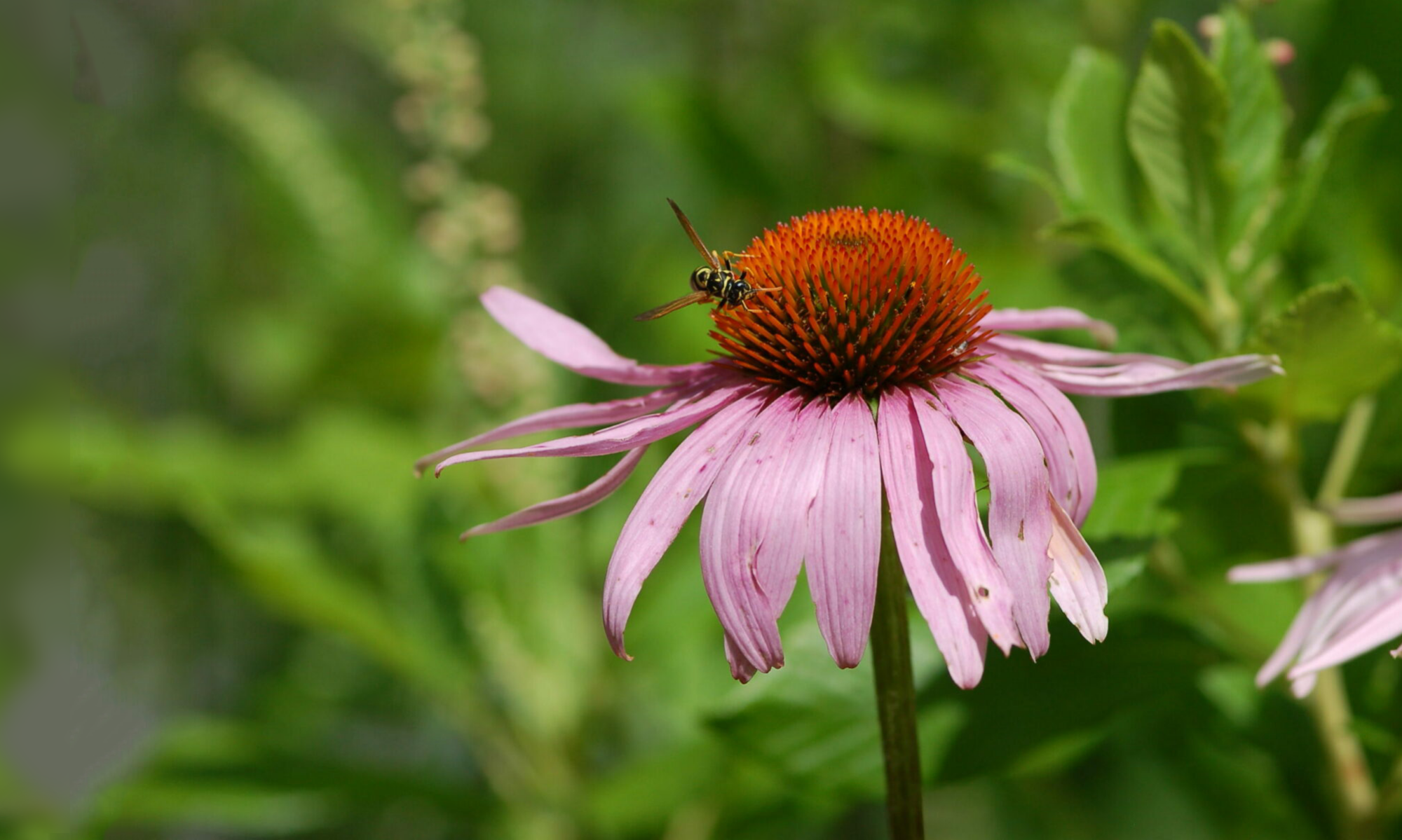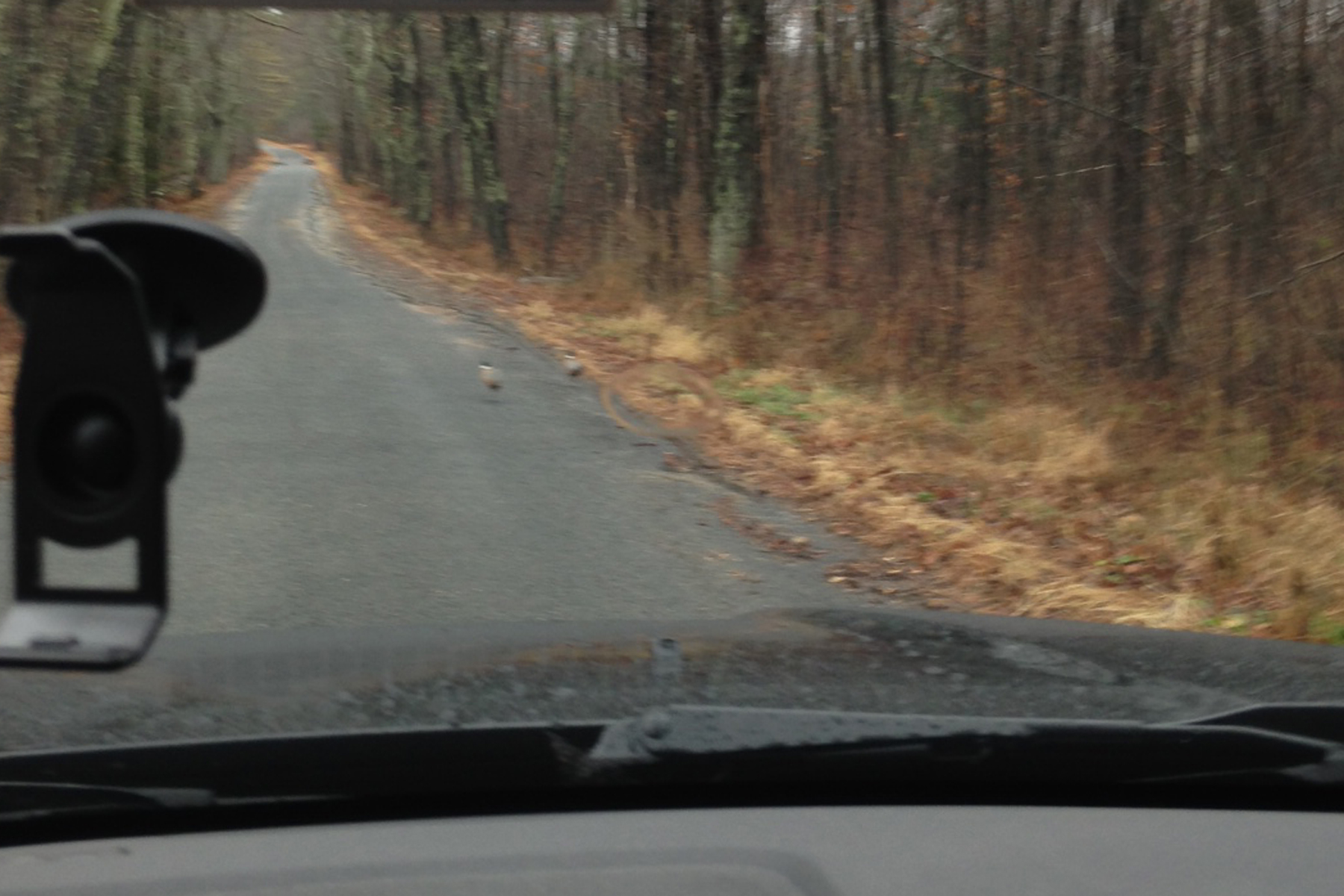
Can We Save the Tiger?
By Martin Jenkins
Illustrated by Vicky White
Candlewick Press, 2011
Category: Picture book nonfiction
If you’ve been around this week, you know I’m in the midst of a self-directed study of structure in children’s nonfiction books. If you missed them, you might want to check out my previous two posts (here and here) on CAN WE SAVE THE TIGER?
The book is structured like a collage, a collection of several short narratives that are impressive alone but which together tell a deeper story. (I got into the nitty gritty yesterday.) There are other more subtle structures at work in this book, though, and I want to be sure to mention them before I finish my study.
Jenkins starts by exploring the ways humans have visibly changed the world, and then he leads us, animal-by-animal (snapshot-by-snapshot) to the less obvious but equally dangerous invisible change we humans are engineering: climate change. This progression from visible to invisible is logical and probably unnoticed by most casual readers. But it’s effective in that it adds another layer of movement—logical movement—to the piece.
There is also a subtle but palpable emotional arc from the opening question (Can we save the tiger?) to the author’s feeling that a world with “no tigers or elephants, or sawfishes or whooping cranes, or albatrosses or ground iguanas” would be a shame. Jenkins’ final address to the reader (“don’t you?”) takes this arc even one step further. Could any reader resist this gentle pull toward the only imaginable ending? Do I think such a world would be a shame? Why, yes. Yes, I do.
Finally, the design of a children’s book lends a physical dimension to its structure and can, therefore, support textual and thematic structures. There are elements of the design of this book that demonstrate this, I think. For example, font changes are used to great effect: a bold font is used to name animals, gently emphasizing each; a chalky font is used to alert readers to pauses between snapshots (or mini narrative); and a traditional font is used for all the rest. What’s more, transition pages gently underscore the collage structure by offering artistic interludes between each section of the book (or, to use the language I’ve been using in these posts, between each snapshot in Jenkins’ collage)… and they give the artist room to share her glorious studies of animals that, like tigers, partula snails, vultures, bison and kakapos, are in trouble.
I could do several more posts on the ways, beyond structure, that this book works for me. Jenkins’ voice, for example, is superb. (By addressing readers directly, he allows them in to the story and keeps them there.) His descriptions? Lovely. (Partula snails “so small that one of them could happily spend its whole life in a medium-sized bush.”) But it’s time for me to move on to the next book, I think. This study is all about structure.
Bottom line from me? CAN WE SAVE THE TIGER is an engaging exploration of a difficult topic, and I think the structure Jenkins chose to build it with is a big part of its success with readers.















